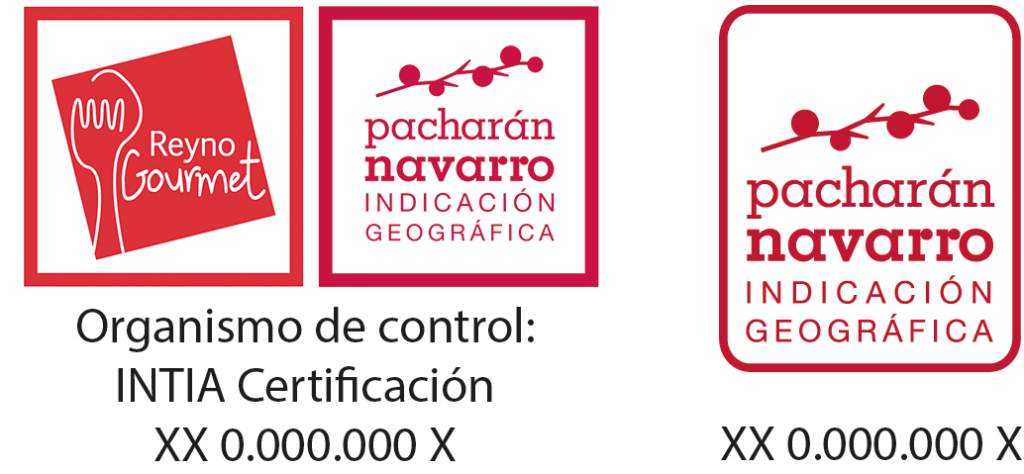- Reyno Gourmet
- Navarra Food
Quality Labels
Collective trademark
Other unique foods
- Events
- News
- Recipes
- Trade Shows

Pacharán Navarro is a highly appreciated spirit drink in Navarre since the Middle Ages and is obtained by macerating sloes in an aniseed, achieving a combination of aromas and contrasts: soft and intense, sweet and acid, dry and fruity.
The result is a drink with a more or less intense red color, depending on the formula of each producer, obtained during maceration. Edari gaztea, freskoa eta moldakorra da, eta era askotara dasta daiteke.
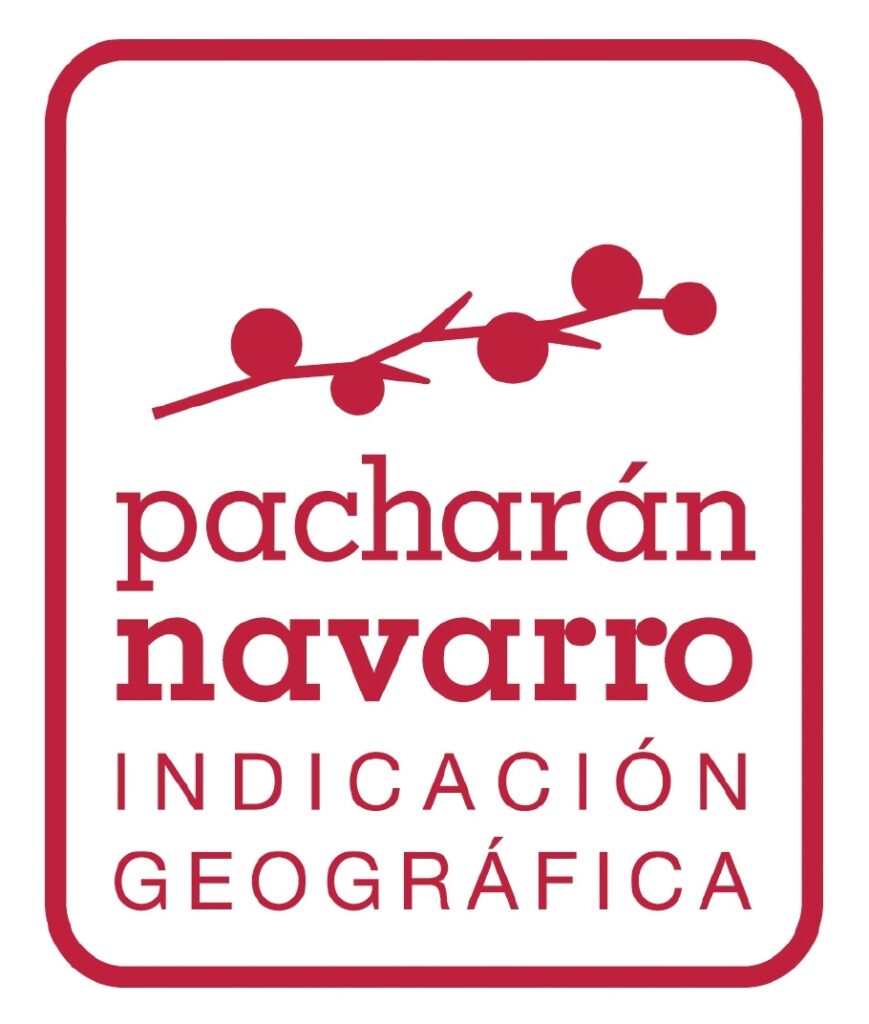
The pacharán production area covered by the designation is the entire Autonomous Community of Navarra. The Specific Designation ‘Pacharán Navarro’ can only be used for pacharán produced at registered facilities in accordance with the standards required by the Rules and meets the technical, organoleptic and quality conditions which should characterise it.
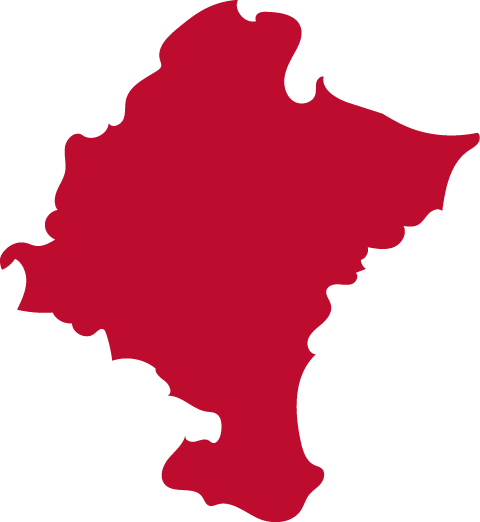
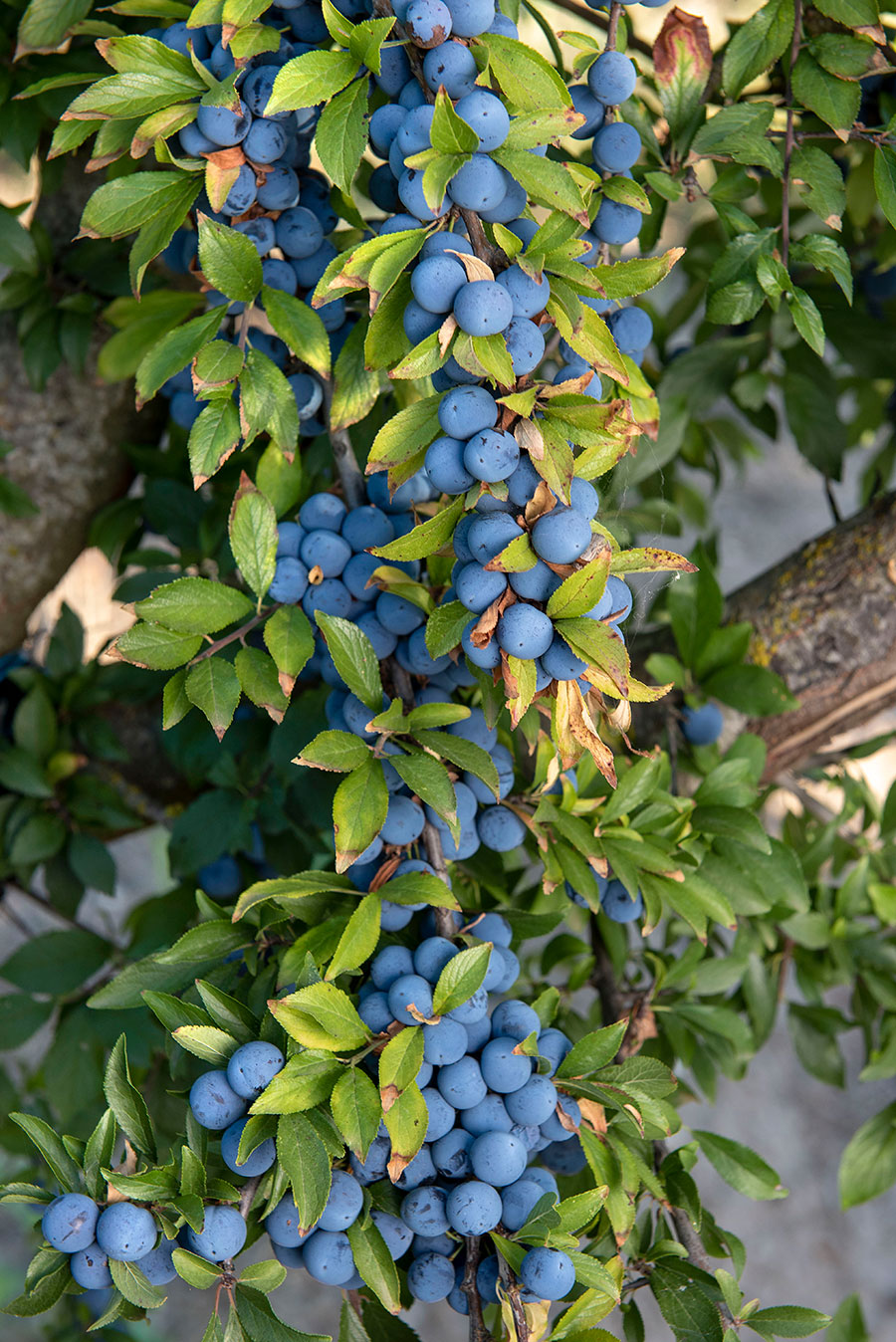
Pacharán Navarro is made with 100% Navarra sloes macerated in natural anisette without any other type of flavouring or colorants. The sugar from the anisette provides the sweetness and density which balances the astringent nature of the fruit, making pacharán a genial drink with a lingering finish. Over the months and after a slow, undisturbed maceration process, Pacharán Navarro assimilates all the aromas, nuances and textures of its ingredients.
The maceration process lasts a minimum of one month and a maximum of eight.
Pacharán Navarro is made with Navarra sloes without additives, flavouring or colouring. After the summer, they are ready to be harvested and only those which are clean, bright and healthy are used.
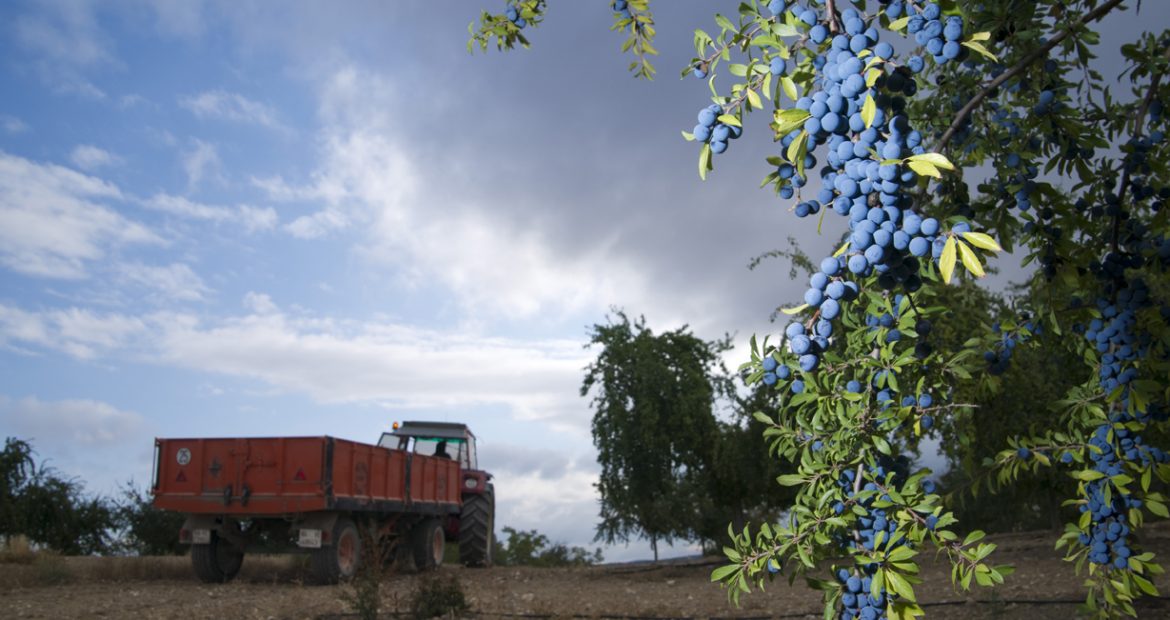
Cultivation: Sloes are obtained from the wild Prunus Spinosa shrub, which has now been domesticated for almost two decades. This makes Navarra the only part of Europe where, in addition to growing wild, sloes are also cultivated.
The sloe is a round, bluish-black, hazelnut-sized fruit which is sharp to the taste, It consists of skin, flesh and pit. It contains vitamin C and is composed of tannic substances, phlobaphene, up to 3% malic acid, sugar, pectin, gum, red pigment and punicianina pigment. There is hydrocyanic acid in the pits.
The state of the sloes when macerated is of great importance. Riper ones release more colour and substances. Green sloes make the drink sharper and take longer to convey their properties.
Production: The pacharán covered by the designation is produced by macerating the sloes in alcohol and anise for a minimum of one month and a maximum of eight.
After maceration, the liquid is decanted and filtered. The process is continued until the characteristics of Pacharán Navarro are obtained.
In order to preserve the quality of pacharán from Navarra and protect it from possible fraud or imitations, the Specific Designation Pacharán Navarro was created and the corresponding Rules approved in 1988. Its Regulatory Council is made up of companies with a long tradition making pacharán and representatives from the production sector. Together they work to comprehensively control the raw material, production process and finished product until a Pacharán Navarro with every guarantee of quality reaches the market.
We know that pacharán was on the menu served at the wedding of the noble Godofre of Navarra, natural son of King Carlos III, and Teresa of Arellano in the year 1415. There are also written records showing that in April 1441, in the last year of her life, Blanca I, Queen of Navarra, took pacharán when she fell ill at the Monastery of Santa María de Nieva.
The Geographical Indication now works to preserve the quality of Pacharán Navarro and protect it from possible fraud and imitations.
A drink with a long history which is genial and lingering in the mouth with the aromas, nuances and textures of its ingredients after months of slow, undisturbed maceration.
The production process and the quality of the final product are audited by an external control body: Instituto Navarro de Tecnologías e Infraestructuras Agroalimentarias (INTIA S.A.), authorised by the Government of Navarra’s Department of Rural Development and the Environment and accredited by ENAC.



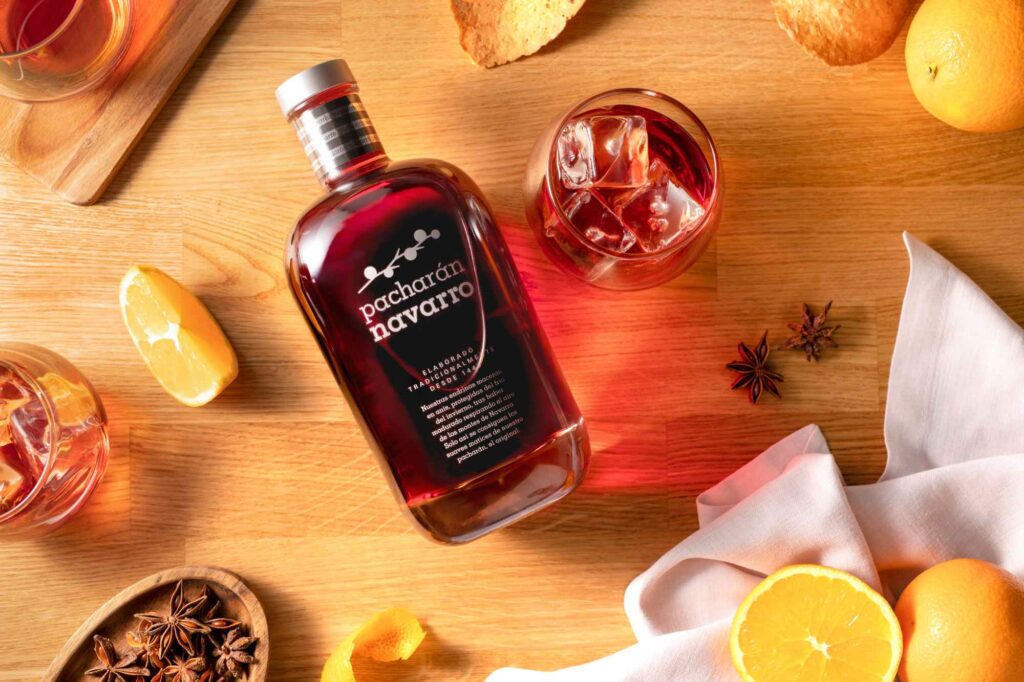
The Pacharán Navarro made by the companies registered in the Pacharán Navarro Geographical Indication offers both consumers and the hospitality industry every guarantee because it meets the exacting requirements demanded by the Technical Dossier for its production. The numbered back label and the Regulatory Council logo, which appear on every container of Pacharán Navarro, guarantee a product of controlled quality.
